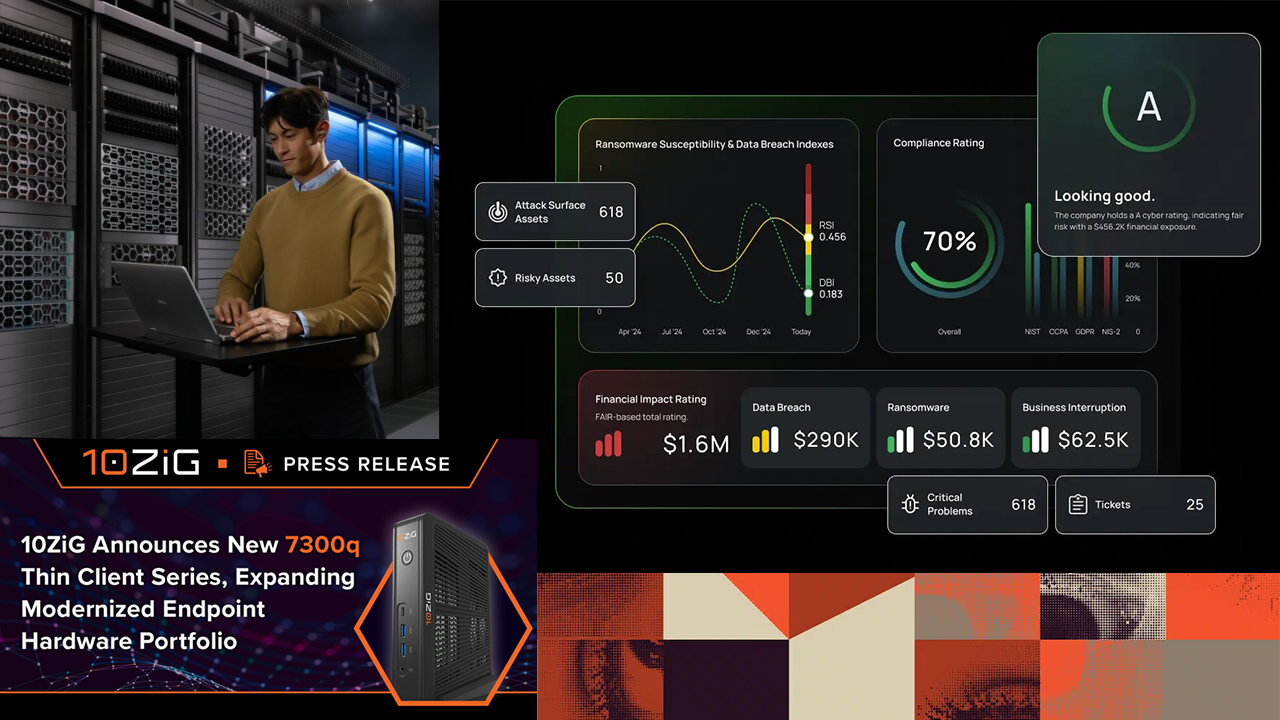A new update to the†Worldwide Semiannual 3D Printing Spending Guide†from International Data Corporation (IDC) shows global spending on 3D printing (including hardware, materials, software, and services) will be nearly $12.0 billion in 2018, an increase of 19.9% over 2017. By 2021, IDC expects worldwide spending to be nearly $20.0 billion with a five-year compound annual growth rate (CAGR) of 20.5%.
Together, 3D printers and materials will account for roughly two thirds of the worldwide spending total throughout the forecast, reaching $6.9 billion and $6.7 billion respectively in 2021. Services spending will trail slightly behind, reaching $5.5 billion in 2021 and led by on-demand parts services and systems integration services. Purchases of 3DP software will grow more slowly than the overall market with a five-year CAGR of 18.6%.
Discrete manufacturing will be the dominant industry for 3D printing, delivering more than half of all worldwide spending throughout the 2017-2021 forecast. Healthcare providers will be the second largest industry with a spending total of nearly $1.3 billion in 2018, followed by education ($974 million) and consumer ($831 million). By 2021, IDC expects professional services and retail to move ahead of the consumer segment. The industries that will see the fastest growth in 3D printing spending over the five-year forecast are the resource industries (38.4% CAGR) and healthcare (35.4% CAGR).
“3D printing solutions have moved well beyond prototyping, to become prevalent within and across multiple industries,” said†Marianne D’Aquila, research manager,†Customer Insights and Analysis†at IDC. “Parts for new products, aftermarket parts, dental objects, and medical support objects will continue to see significant growth opportunities over the next five years as 3D printing goes more mainstream. The healthcare industry is also poised to double its share of spend through 2021 as the benefits of cost-effective customized printing continue to be realized.”
The leading use cases for 3D printing are prototypes, aftermarket parts, and parts for new products. As the primary use cases for the discrete manufacturing industry, these three use cases will account for 44% of worldwide spending in 2018. By 2021, dental objects and medical support objects will be the fourth and fifth largest use cases, largely driven by the healthcare provider industry. The two use cases that will see the fastest spending growth – tissue/organ/bone (56.6% CAGR) and dental objects (36.9% CAGR) – will also be driven by healthcare provider spending.
“Advancements and breakthroughs on the technology side are fueling wider adoption and greater utilization of 3D printing systems across a range of industries,” said†Tim Greene, research director, Hardcopy Peripherals and†3D Printing. “Even though there are amazing innovations nearly every day in the way 3D printers are used in key industries, including automotive, aerospace, and medical, we believe that we’re still just scratching the surface of the potential for 3D printing as an enabler of digital transformation.”
The United States will be the region with the largest spending total in 2018 ($4.1 billion) followed by Western Europe ($3.5 billion). Together, these two regions will provide nearly two thirds of all 3D printing spending throughout the forecast. China will be the third largest region with more than $1.5 billion in spending this year, followed by Central and Eastern Europe (CEE), the Middle East and Africa (MEA), and the rest of Asia/Pacific (excluding Japan). The regions that will see the fastest growth over the 2017-2021 forecast period are Latin America (27.2% CAGR) and CEE (26.0% CAGR). However, six of the nine geographic regions will experience compound annual growth rates greater than 20% over the five-year forecast period.
The†Worldwide Semiannual 3D Printing Spending Guide†quantifies the opportunity for 3D printing, which enable the creation of objects and shapes made through material that is laid down successively upon itself from a digital model or file. Spending data is available for 15 use cases across 19 industries in nine geographic regions. Data is also available for 3D printing hardware, materials, software, and services. Unlike any other research in the industry, the comprehensive spending guide was designed to help IT decision makers to clearly understand the industry-specific scope and direction of 3D printing expenditures today and over the next five years.











